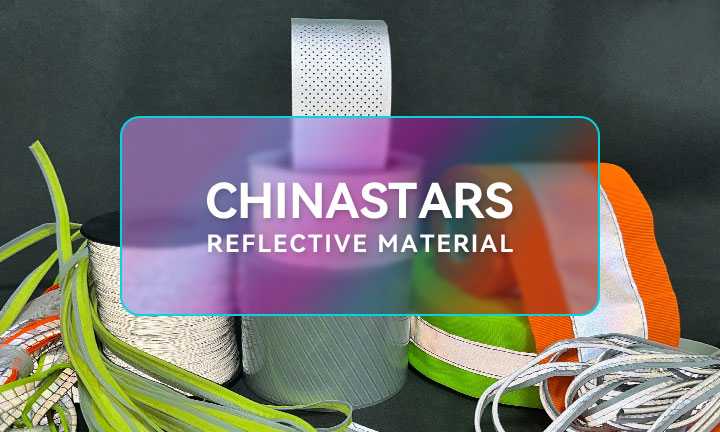Pedestrians should now make themselves visible
In autumn, which is already dark and often dreary, most of the people's clothes also get dark. This can have fatal consequences in road traffic. The district police authority recommends wearing reflective clothing.
Especially these days with the typically bad weather in the mountains, it becomes clear again how difficult it is for drivers to recognize pedestrians in good time. Rain, which restricts the view through the windshield, darkness, or headlights reflecting on the wet road are all factors that severely impair the view of dark-clad pedestrians. With light or reflective clothing, pedestrians can significantly reduce the risk of being overlooked. But a look at most adults and soon also the crowds of students commuting to school every morning, unfortunately, shows a completely different picture.
The consequences can be drastic, as the past has shown: In the dark season of the year, significantly more pedestrians have accidents than in the summer months. The severity of the injuries is also increasing because motorized road users have significantly less reaction time left to prevent an impending accident. A car driver normally needs around 40 meters to brake from 50 km / h to a standstill. Even with so-called emergency braking, in which the ABS achieves maximum deceleration, the distance is still around 30 meters.
However, this stopping distance is no longer sufficient for drivers who suddenly recognize a pedestrian in the headlights. In optimal weather conditions, a dark-clad pedestrian is only recognized from a distance of 25 meters - often later when it rains. Pedestrians who wear reflective materials are therefore much safer on the road. Because then the visibility increases many times over to around 160 meters. Reflective jackets or safety vests, but also bracelets, patches, stickers, or tags are ideal for being noticed as pedestrians at an early stage.
In addition to clothing, the choice of location when crossing the street also has a major influence on the risk of accidents. Curves, dark and confusing areas are extremely unsuitable. Likewise, pedestrians crossing between or behind parked cars are often noticed too late or not at all by drivers. Zebra crossings, traffic lights, and other crossing aids are much safer, even if they mean a little detour. Because at these points a driver will expect pedestrians.




